Home>Home Appliances>Laundry Appliances>What Is The Standard Cubic Feet Of A Washing Machine


Laundry Appliances
What Is The Standard Cubic Feet Of A Washing Machine
Modified: March 25, 2024
Discover the standard cubic feet of a washing machine and find the perfect fit for your laundry appliances. Learn about capacity and dimensions for laundry convenience.
(Many of the links in this article redirect to a specific reviewed product. Your purchase of these products through affiliate links helps to generate commission for Storables.com, at no extra cost. Learn more)
Introduction
When it comes to choosing a washing machine, there are numerous factors to consider, and one of the most crucial is the standard cubic feet capacity. The standard cubic feet of a washing machine refers to the volume of the drum and determines how much laundry it can effectively handle in a single cycle. Understanding this measurement is essential for ensuring that the washing machine meets your household's laundry needs.
The standard cubic feet capacity of a washing machine is a key specification that directly impacts its performance and efficiency. It dictates the amount of laundry that can be washed in one load, making it a critical consideration for households with varying laundry demands. Whether you have a small family or a bustling household, the standard cubic feet capacity plays a pivotal role in streamlining your laundry routine.
As consumers, it's important to grasp the significance of this specification and how it aligns with your specific requirements. By delving into the intricacies of standard cubic feet capacity, you can make an informed decision when selecting a washing machine that best suits your lifestyle and laundry needs. From compact models ideal for space-constrained living quarters to larger units designed for heavy-duty laundry loads, the standard cubic feet capacity is a fundamental aspect that influences the overall functionality of a washing machine.
In the subsequent sections, we will delve deeper into the concept of standard cubic feet capacity, exploring the factors that influence it and its importance in the realm of washing machines. Additionally, we will provide insights into how to accurately determine the standard cubic feet capacity of a washing machine, empowering you to make a well-informed choice when investing in this essential household appliance.
Key Takeaways:
- The standard cubic feet capacity of a washing machine determines how much laundry it can handle in one go, making it crucial for choosing the right machine for your household’s needs.
- Factors like physical size, drum design, and load-balancing mechanisms influence a washing machine’s standard cubic feet capacity, impacting its efficiency and suitability for different households.
Read more: What Is Cubic Feet In Refrigerator
Understanding Standard Cubic Feet
The standard cubic feet capacity of a washing machine is a fundamental specification that directly influences its efficiency and functionality. It represents the volume of the washing machine's drum, indicating the amount of laundry it can accommodate in a single wash cycle. This measurement is crucial for determining the machine's capability to handle varying laundry loads, making it an essential consideration for households of all sizes.
In essence, the standard cubic feet capacity reflects the interior space available within the washing machine's drum. This measurement is typically denoted in cubic feet and serves as a reliable indicator of the machine's laundry-handling capacity. For instance, a washing machine with a larger standard cubic feet capacity can accommodate more laundry per cycle, making it suitable for larger households or individuals with substantial laundry requirements.
Understanding the standard cubic feet capacity of a washing machine is pivotal for aligning the appliance with your specific laundry needs. It enables consumers to gauge the machine's suitability based on the volume of laundry typically encountered in their household. By comprehending this specification, individuals can make informed decisions when selecting a washing machine that optimally caters to their laundry demands.
Moreover, the standard cubic feet capacity directly correlates with the machine's efficiency and energy consumption. A washing machine with a larger capacity may be more efficient in handling larger loads, potentially reducing the frequency of wash cycles and conserving water and energy. Conversely, a smaller-capacity washing machine may be more suitable for smaller households or individuals with lighter laundry requirements, promoting energy efficiency by utilizing appropriate load sizes.
In summary, the standard cubic feet capacity of a washing machine is a pivotal specification that underpins its laundry-handling capabilities and overall efficiency. By understanding this measurement and its implications, consumers can make well-informed decisions when selecting a washing machine that harmonizes with their household's laundry needs and promotes optimal energy usage.
Factors Affecting Standard Cubic Feet
The standard cubic feet capacity of a washing machine is influenced by various factors that collectively determine its laundry-handling capabilities and suitability for different household needs. Understanding these factors is essential for consumers seeking to make informed decisions when selecting a washing machine that aligns with their specific requirements.
-
Physical Dimensions: The physical size of a washing machine significantly impacts its standard cubic feet capacity. Larger washing machines typically have a higher standard cubic feet capacity, allowing them to accommodate more laundry per cycle. Conversely, compact or space-saving models may have a smaller standard cubic feet capacity, making them suitable for smaller households or limited living spaces.
-
Drum Design: The design and configuration of the washing machine's drum directly influence its standard cubic feet capacity. Innovative drum designs, such as those incorporating specialized paddles or agitators, may optimize the use of available space, potentially increasing the standard cubic feet capacity without significantly enlarging the overall dimensions of the machine.
-
Load Balancing Mechanisms: Washing machines equipped with advanced load-balancing mechanisms may effectively manage larger laundry loads within a standard cubic feet capacity that aligns with the machine's physical dimensions. These mechanisms ensure that the machine can handle substantial laundry volumes without compromising its stability or performance, enhancing its overall laundry-handling capabilities.
-
Efficient Water Usage: The standard cubic feet capacity of a washing machine is intricately linked to its water usage efficiency. Models with larger capacities are designed to utilize water more efficiently when handling larger laundry loads, optimizing the balance between water consumption and laundry-handling capacity.
-
Energy Efficiency: The standard cubic feet capacity also intersects with the energy efficiency of a washing machine. Larger-capacity models may be engineered to handle more laundry per cycle, potentially reducing the frequency of wash cycles and promoting energy conservation. Conversely, smaller-capacity machines may be more suitable for households with lighter laundry requirements, contributing to energy efficiency by utilizing appropriate load sizes.
Understanding these factors provides valuable insights into the standard cubic feet capacity of washing machines and its implications for household laundry needs. By considering these influences, consumers can effectively evaluate the suitability of different washing machine models based on their standard cubic feet capacity and make informed decisions that align with their specific laundry requirements and living arrangements.
The standard cubic feet of a washing machine refers to the capacity of the drum. A typical washing machine has a capacity of 3.5 to 5 cubic feet, with larger capacities being able to handle bigger loads of laundry.
Importance of Standard Cubic Feet in Washing Machines
The standard cubic feet capacity of a washing machine holds immense significance in the realm of laundry appliances, profoundly impacting its functionality and suitability for diverse household needs. This pivotal specification directly influences the machine's laundry-handling capabilities, efficiency, and energy consumption, making it a crucial consideration for consumers seeking an optimal washing solution.
First and foremost, the standard cubic feet capacity determines the volume of laundry that a washing machine can effectively handle in a single cycle. This directly correlates with the machine's suitability for households of varying sizes and laundry requirements. For larger families or individuals with substantial laundry needs, a washing machine with a higher standard cubic feet capacity proves indispensable, enabling the efficient processing of larger laundry loads in fewer cycles. Conversely, smaller households or individuals with lighter laundry demands may find that a washing machine with a more modest standard cubic feet capacity aligns better with their requirements, promoting energy efficiency by utilizing appropriate load sizes.
Moreover, the standard cubic feet capacity plays a pivotal role in optimizing energy usage and water consumption. Washing machines with larger capacities are designed to handle more laundry per cycle, potentially reducing the frequency of wash cycles and conserving water and energy. This not only contributes to environmental sustainability but also translates into cost savings for the user over the long term. Conversely, smaller-capacity washing machines are tailored to cater to lighter laundry loads, ensuring that water and energy resources are utilized efficiently without unnecessary wastage.
Additionally, the standard cubic feet capacity directly impacts the overall efficiency and performance of a washing machine. By aligning the machine's laundry-handling capabilities with the household's specific needs, consumers can streamline their laundry routines, saving time and effort. The ability to process larger loads in a single cycle enhances convenience and productivity, particularly in bustling households where laundry demands are frequent and substantial.
In essence, the standard cubic feet capacity of a washing machine is a fundamental specification that underpins its functionality, efficiency, and suitability for diverse household needs. By comprehending the importance of this specification, consumers can make informed decisions when selecting a washing machine that harmonizes with their laundry requirements, promotes energy efficiency, and enhances overall convenience in managing household chores.
How to Determine the Standard Cubic Feet of a Washing Machine
Determining the standard cubic feet capacity of a washing machine is a crucial step in evaluating its suitability for specific household laundry needs. To accurately ascertain this essential specification, consumers can employ several practical methods that provide valuable insights into the machine's laundry-handling capabilities.
-
Manufacturer's Specifications: The most straightforward approach to determine the standard cubic feet capacity of a washing machine is to refer to the manufacturer's specifications. These details are typically prominently displayed in product descriptions and user manuals, offering a clear indication of the machine's laundry-handling capacity. By consulting the manufacturer's specifications, consumers can swiftly identify the standard cubic feet capacity and assess its alignment with their household's laundry requirements.
-
Physical Measurement: In instances where the manufacturer's specifications are not readily available, consumers can directly measure the washing machine's drum to estimate its standard cubic feet capacity. This can be accomplished by measuring the interior dimensions of the drum and calculating its volume using basic geometric formulas. While this method requires a degree of precision, it can provide an accurate approximation of the machine's standard cubic feet capacity, enabling consumers to make informed decisions when selecting a washing machine.
-
Load Testing: Another practical approach to determine the standard cubic feet capacity involves conducting load testing with standard laundry items. By carefully loading the washing machine with typical laundry items, consumers can gauge its capacity based on the volume of laundry it can effectively accommodate in a single cycle. This hands-on method offers a practical insight into the machine's laundry-handling capabilities, allowing consumers to assess its suitability for their specific household needs.
-
Consultation with Retail Experts: Seeking guidance from knowledgeable retail experts can also aid in determining the standard cubic feet capacity of a washing machine. Retail professionals can provide valuable insights into the machine's specifications and assist consumers in evaluating its suitability based on their household's laundry requirements. By leveraging the expertise of retail professionals, consumers can gain a comprehensive understanding of the machine's standard cubic feet capacity and make well-informed purchasing decisions.
By employing these practical methods, consumers can effectively determine the standard cubic feet capacity of a washing machine, empowering them to select an appliance that harmonizes with their specific laundry needs and promotes optimal efficiency in managing household chores.
Frequently Asked Questions about What Is The Standard Cubic Feet Of A Washing Machine
Was this page helpful?
At Storables.com, we guarantee accurate and reliable information. Our content, validated by Expert Board Contributors, is crafted following stringent Editorial Policies. We're committed to providing you with well-researched, expert-backed insights for all your informational needs.
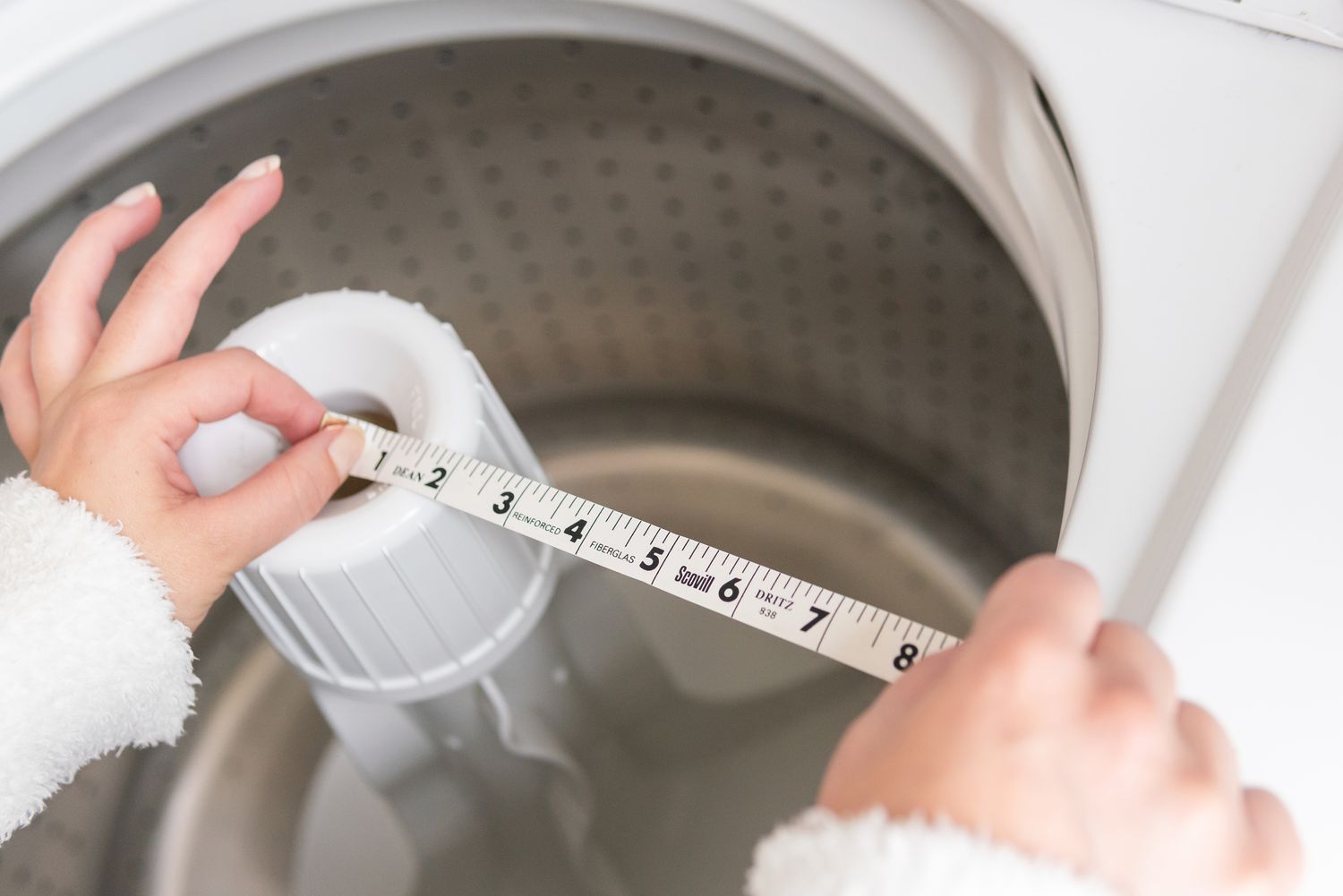



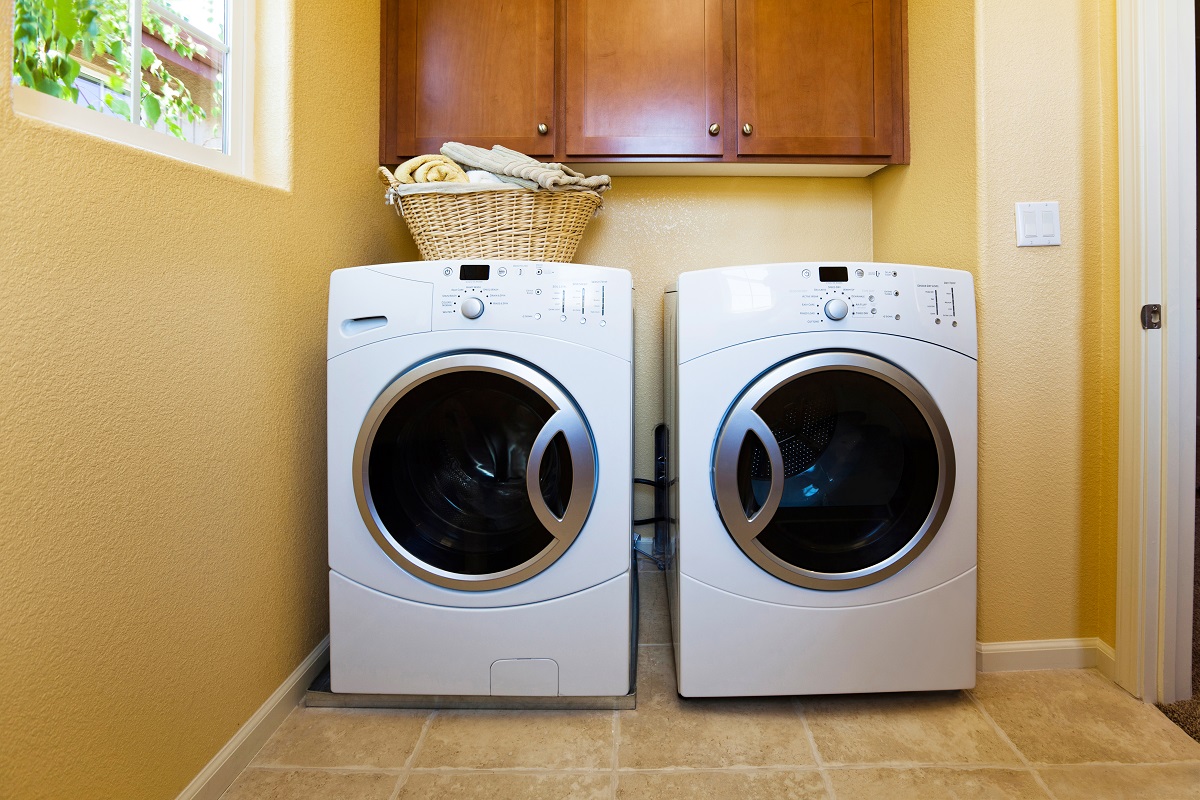
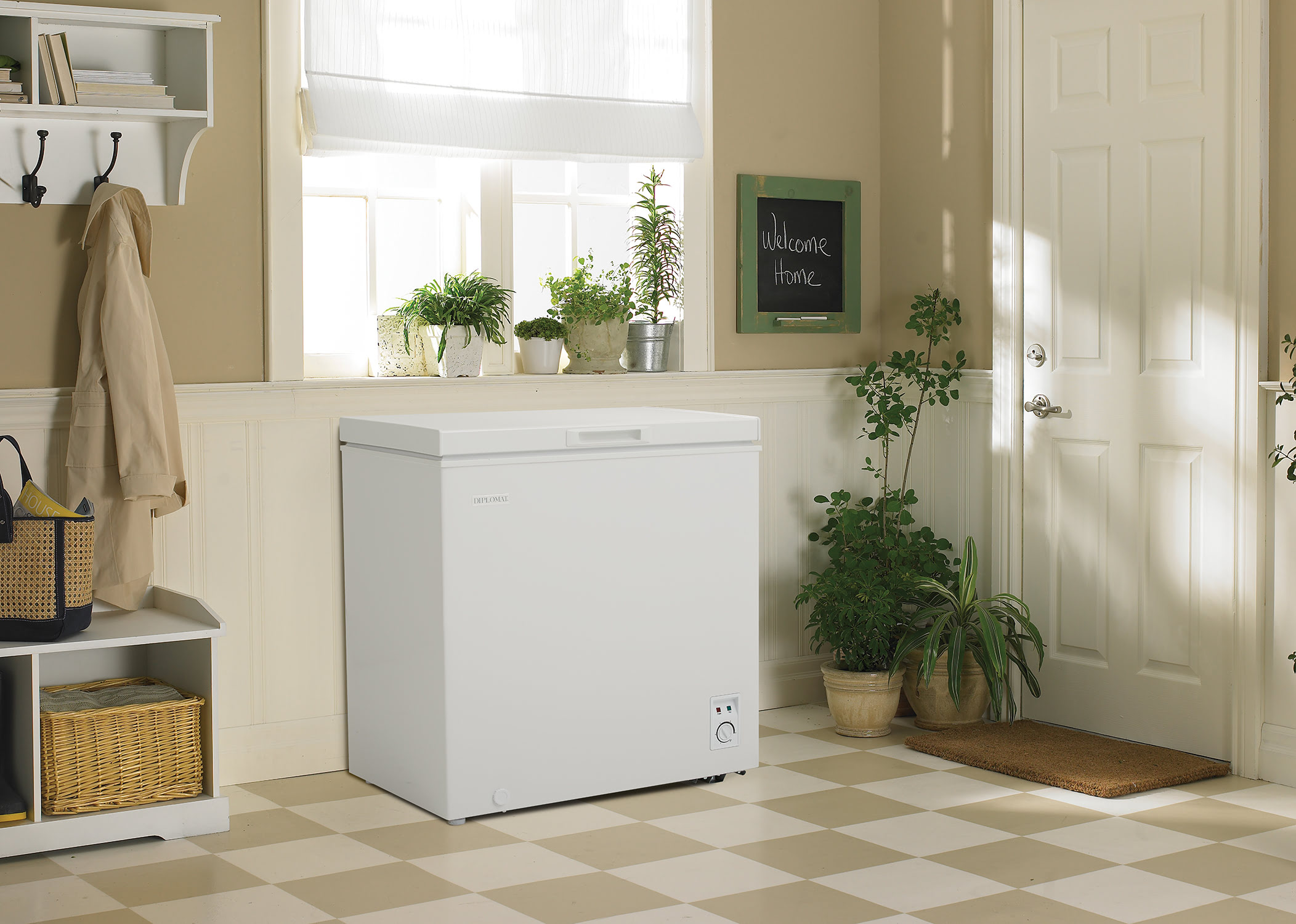


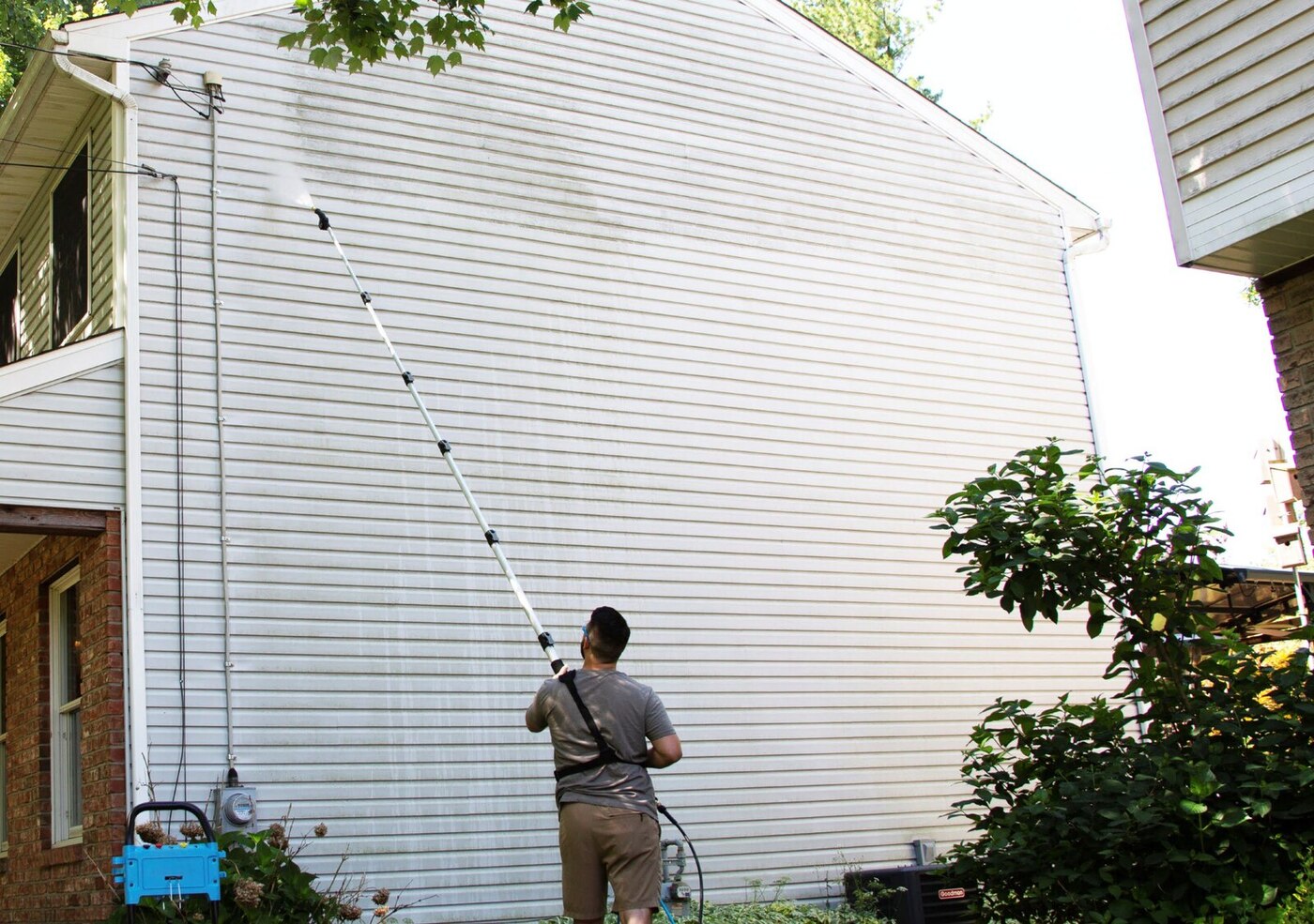
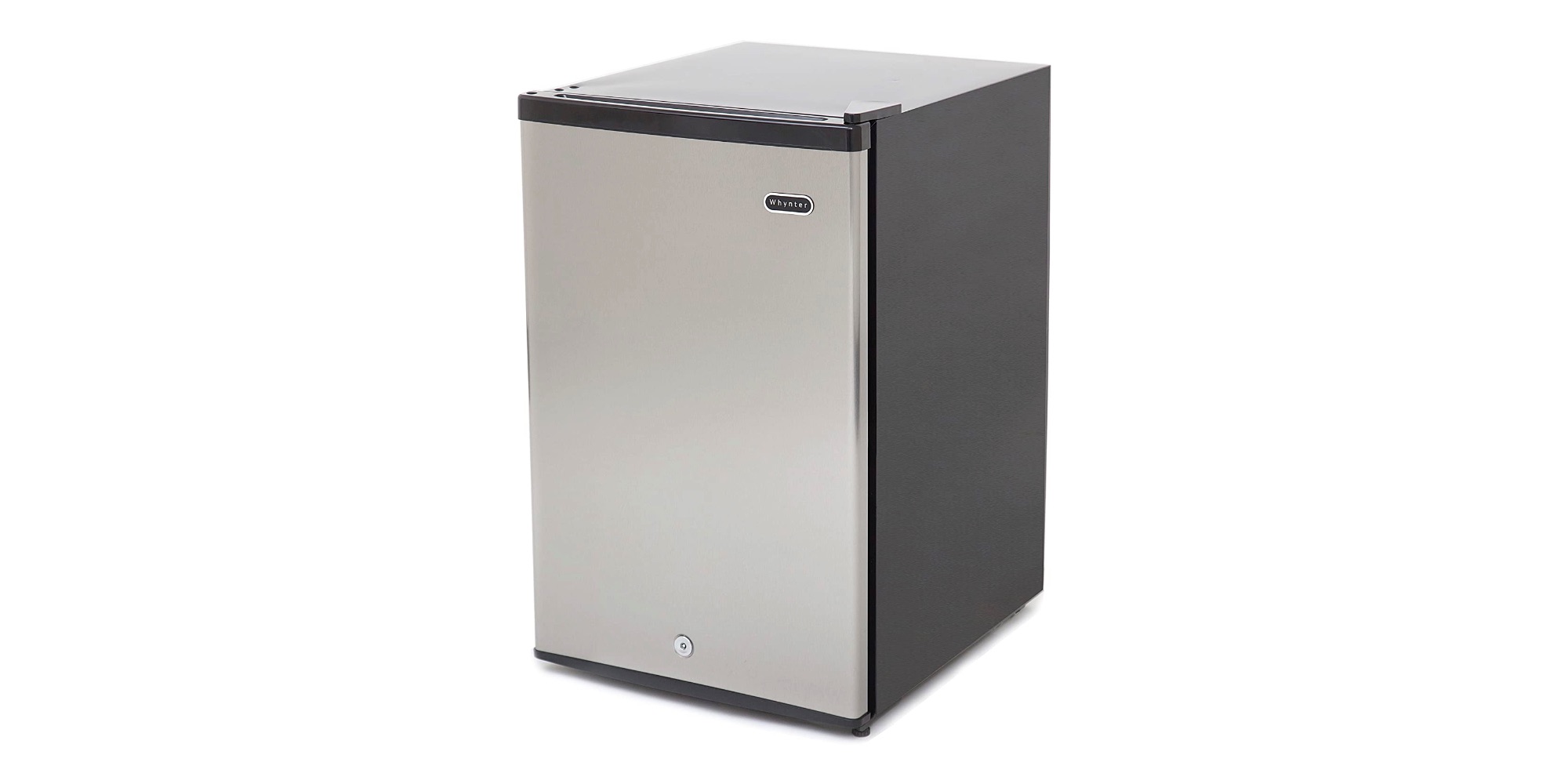
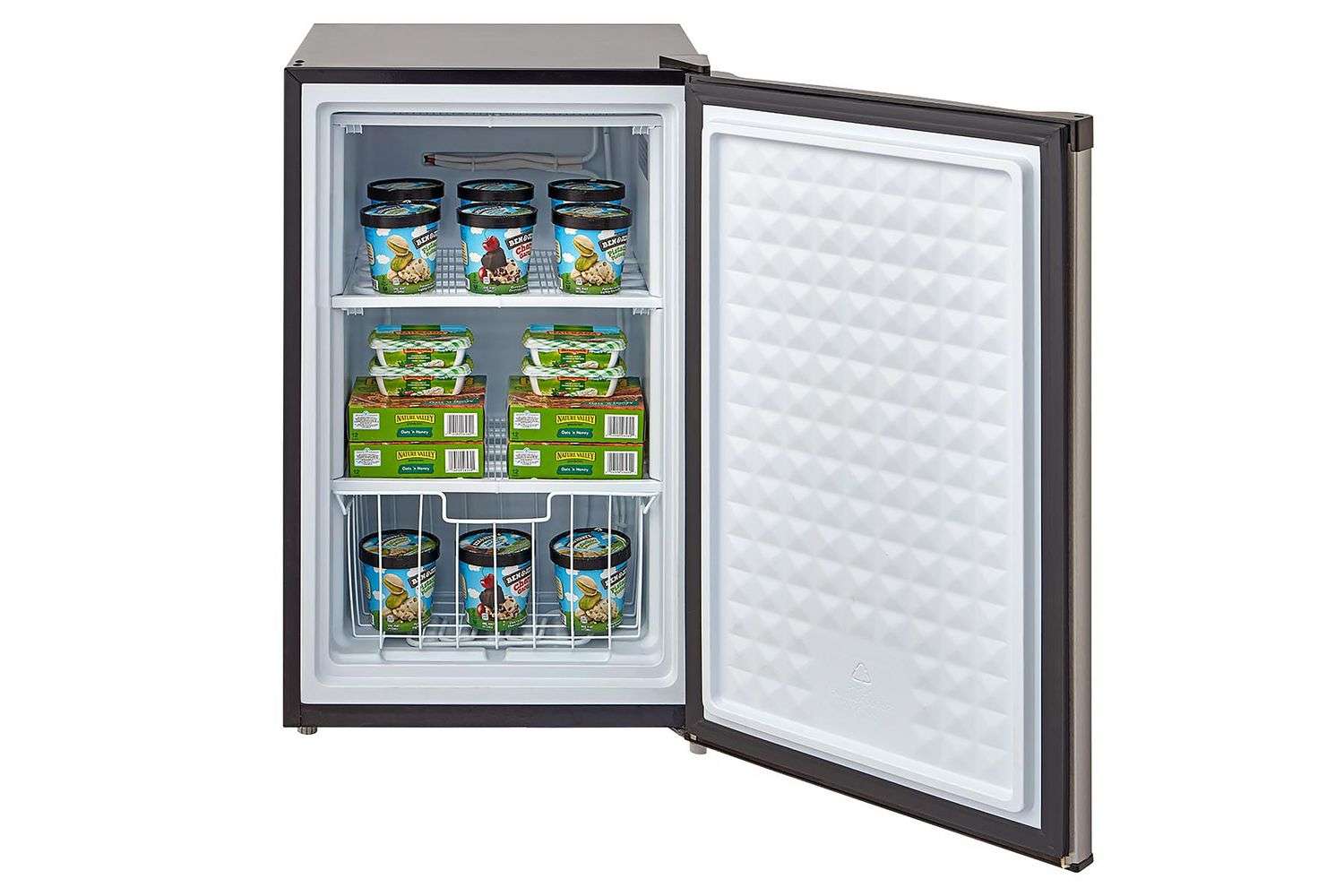
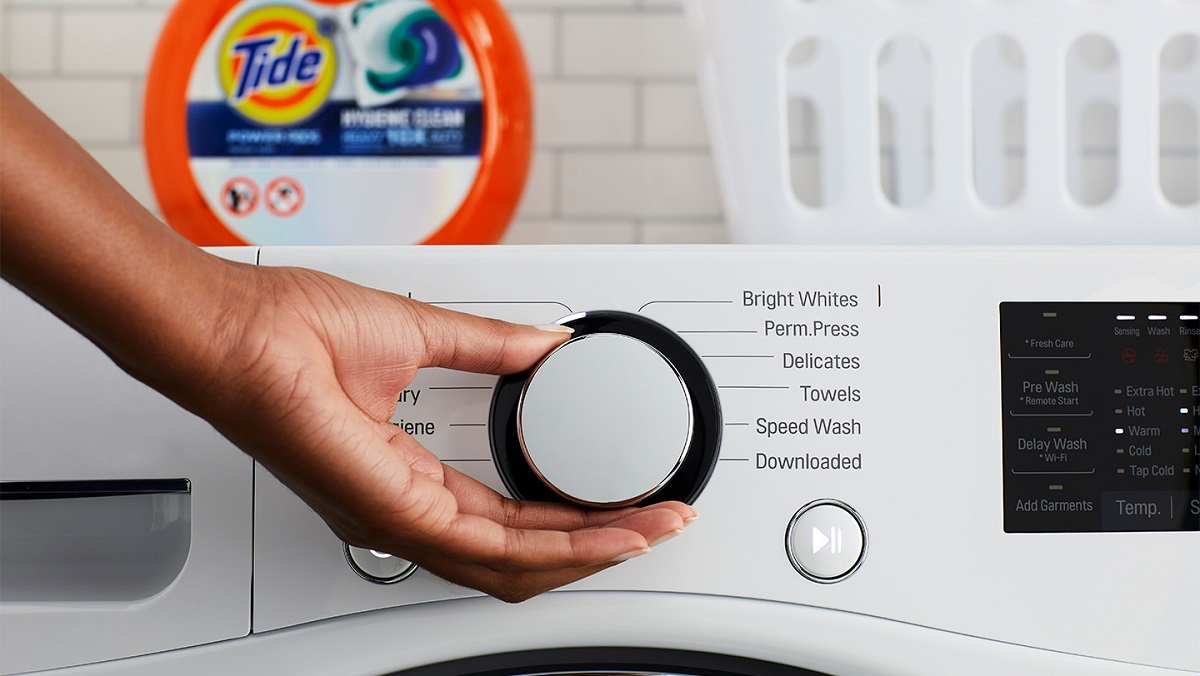
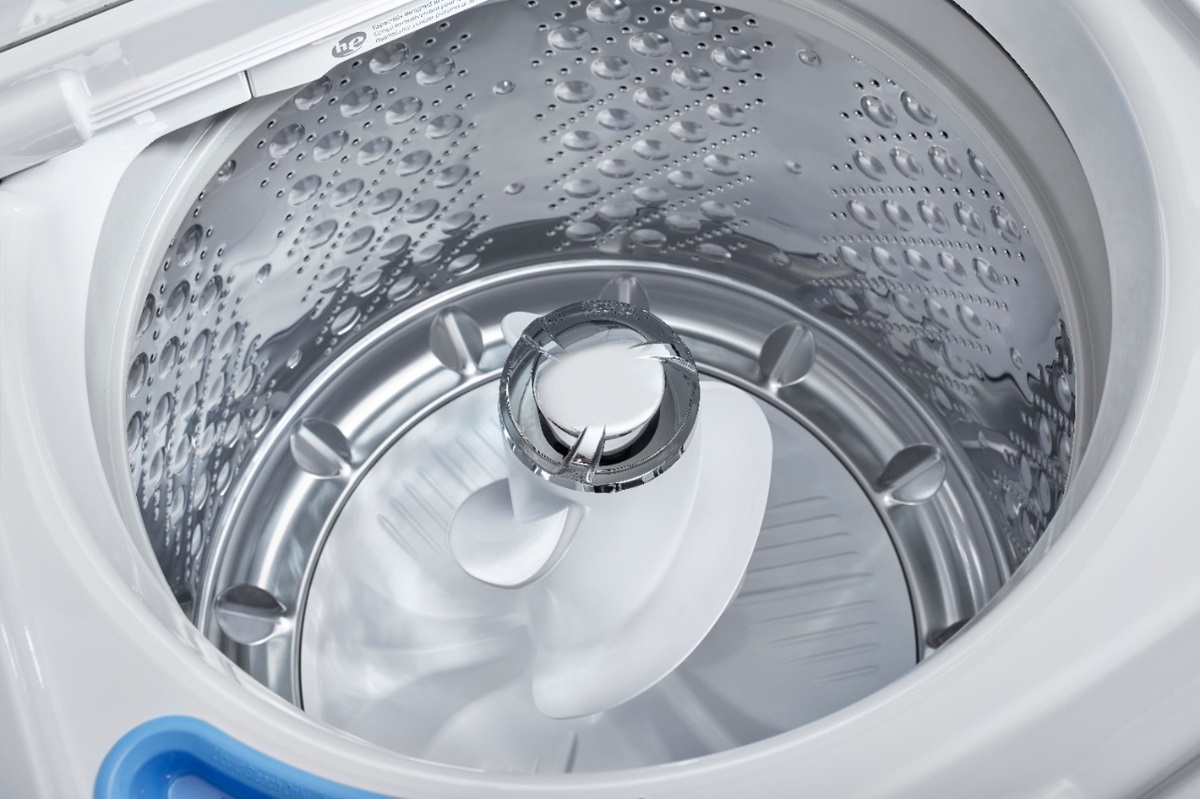

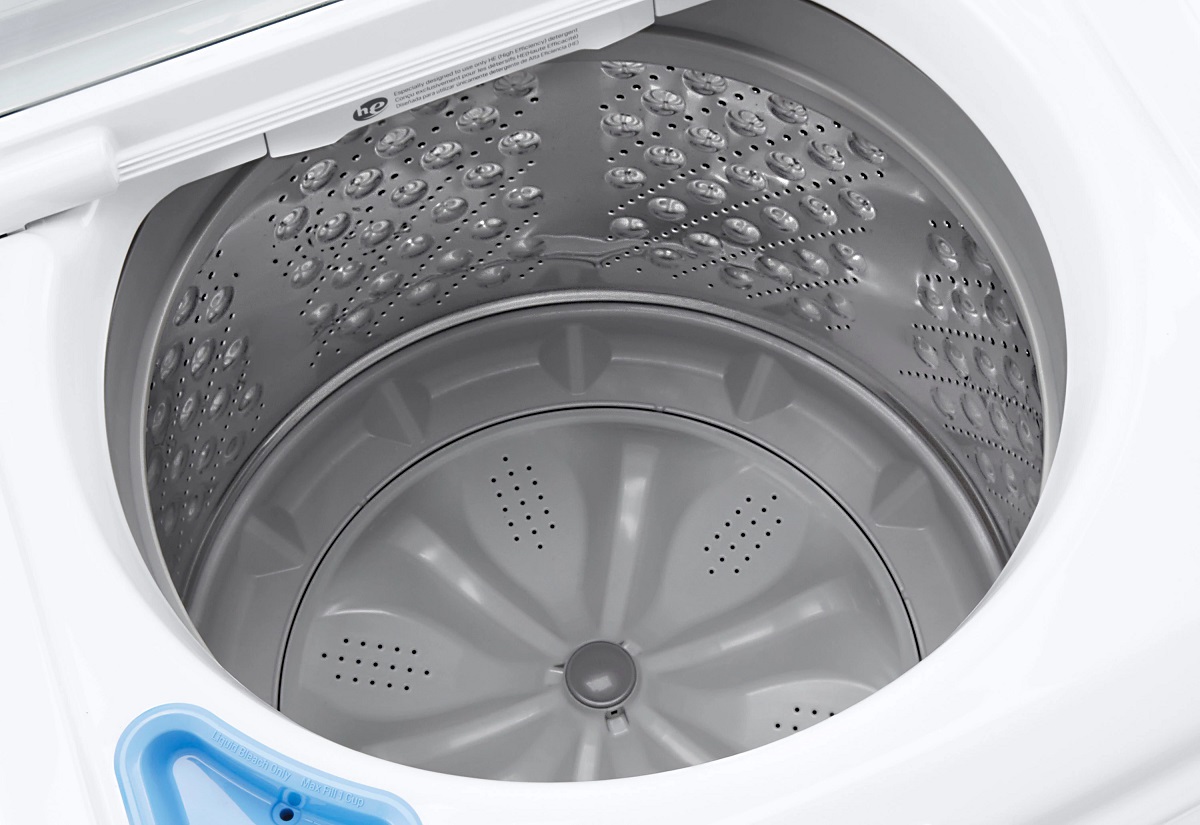

0 thoughts on “What Is The Standard Cubic Feet Of A Washing Machine”